A Data Strategy & How To Build One Part II
 Arthur Kaza
Arthur KazaTable of contents
- Step 1 – Develop a first proposal to win organizational support
- Step 2 – Create a Team for Data Management and Governance
- Step 3 – Identify The Data You Want To Collect, Why & Where It Will Come From
- Step 4 – Make sure your data collection complies with data protection laws
- Step 6 – Create Your Data Strategy Roadmap
- Step 7 – Data Storage & Organization
- In conclusion,
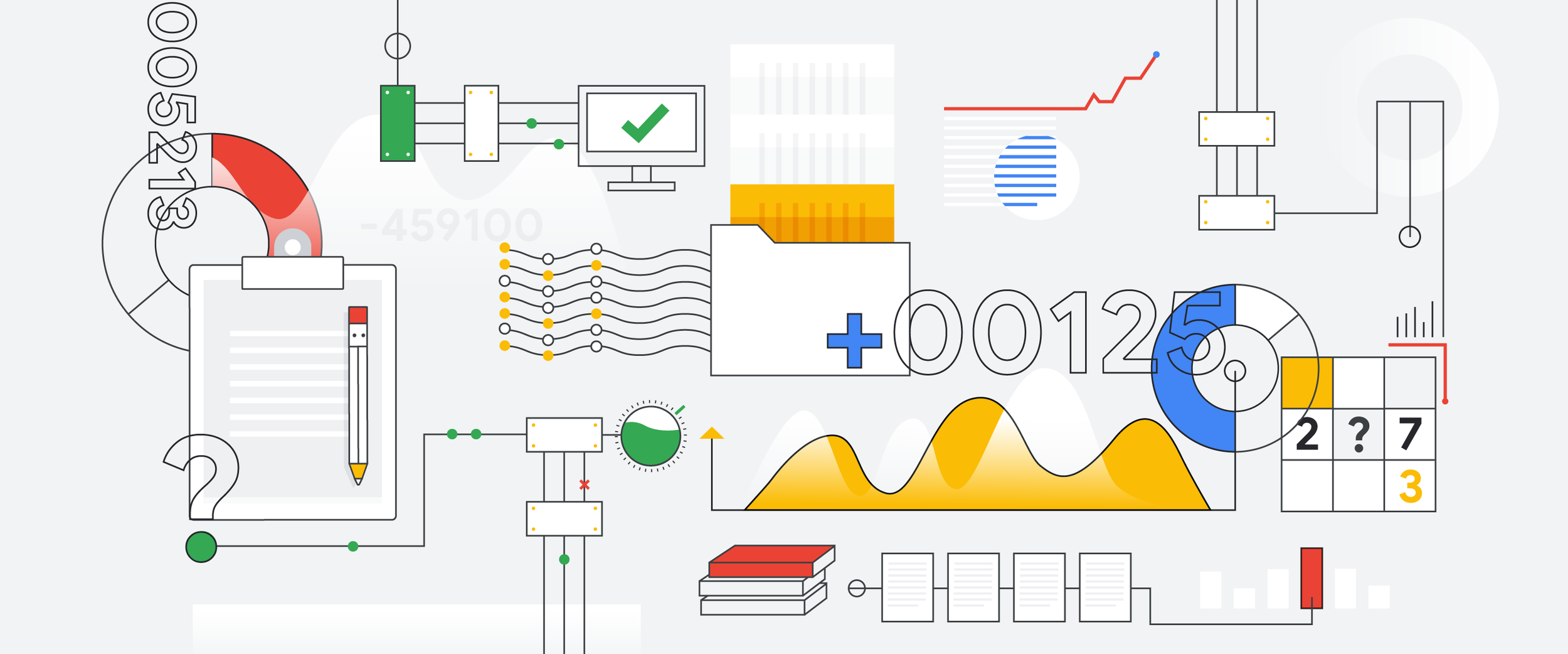
All corporates currently need to evaluate their data capabilities and determine whether their workflow is supported by their current infrastructure. Before deployment, the majority of data systems are built using a rigid set of criteria, which might restrict flexibility and long-term use. Flexible "living systems" have several benefits because of their ability to change capacity quickly, especially in times of crisis. Building living data systems with the cloud in mind enables businesses to confidently adapt to a changing world.
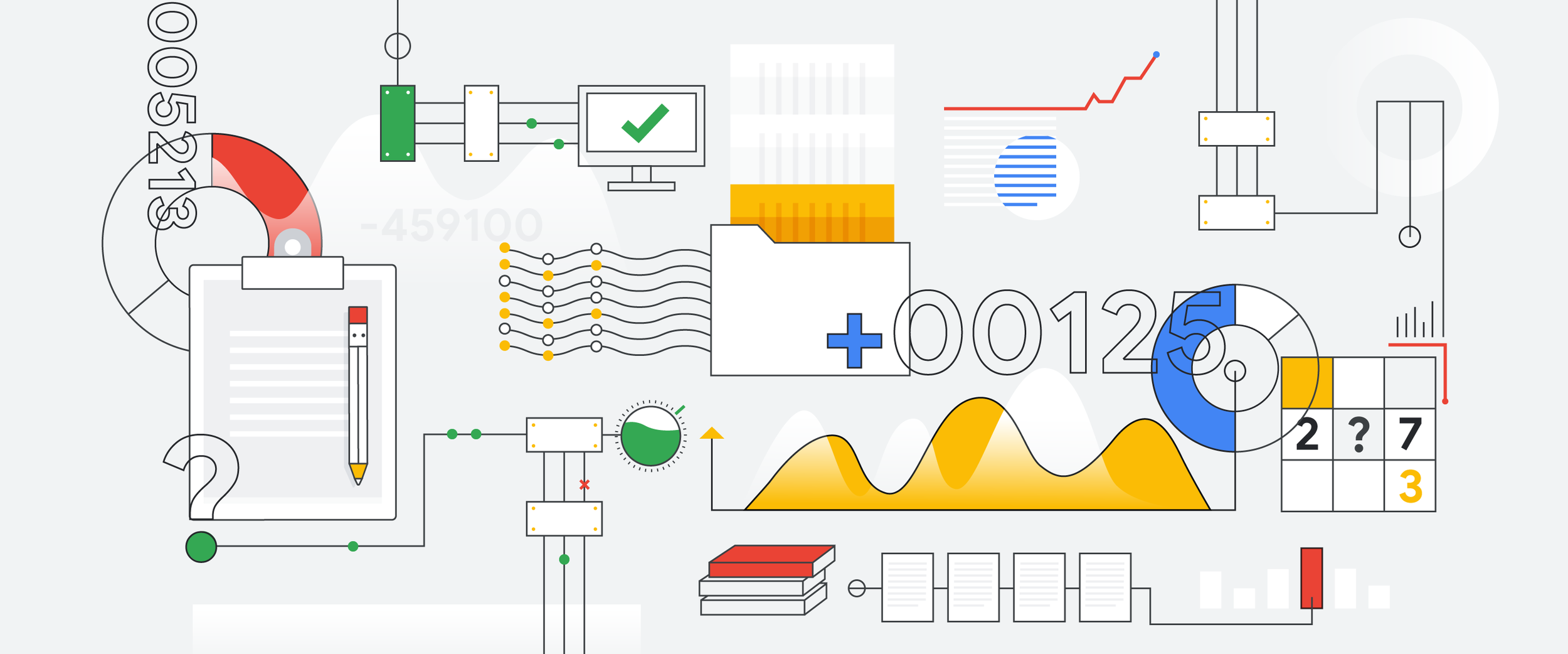
During the pandemic first hit, many companies needed to create or transition their systems to allow employees to work remotely. This change tested the limits of existing data systems. Even after finding a cloud service provider, enterprises encountered the challenges of migrating their data to the cloud. Most have been working to transfer these records to a digital format, but the process has been slow. They are also faced with collecting sizable amounts of data in real-time from their ongoing services, which involves interfacing with the public, external vendors, or third-party institutions.
We will come back to this point after but let's focus now first on the steps to build a data strategy as the first point for gaining many benefits such in a pandemic or black period or not as exposed in my last article (first part here).
Step 1 – Develop a first proposal to win organizational support
The first step towards developing a strong Data Strategy is by creating a proposal, which then needs approval for implementation: this includes executives as well as those lower on levels of command who’ll also need resources allocated.
The plan must demonstrate how it will benefit the organization to gain support from top-level organizational leadership.
An accompanying economic report can be essential in this situation and may aid in building trust by giving specific examples of how rivals are using data or asserting something about which there is a rivalry. Claims can be supported by data, which also makes arguments about rivals more persuasive. You'll also need support from department leads, technology partners, and any other staff members who utilize or manage big amounts of data, in addition to top-level organizational leadership. Gaining as much support as you can is essential because the more people who engage with your approach, the more likely it is to succeed.
Remember that gaining buy-in can take some time, and you can always go back and make the required adjustments to your proposal and strategy.
Step 2 – Create a Team for Data Management and Governance
Once you get the necessary consent, you can begin assembling your data management team. This team should be primarily composed of senior-level managers and department heads who are aware of the value that data can have in today's market, together with representatives from other departments, including those who are knowledgeable about organizational and technological capabilities.
If the required knowledge is not accessible or you want a team member who is entirely focused on data governance, make sure to first assess internal personnel to find the right fit.
As soon as your team is in place, give each member a responsibility in data governance. This phase entails deciding who is in charge of things like making sure data privacy standards are followed and informing staff of changes to policies. Roles that are clearly defined assist in guaranteeing that critical tasks are completed while encouraging a sense of ownership.
The development and implementation of the data strategy require the support of executives and department heads, but ultimately, resource allocation, policy improvement, management of data-related issues, and organizational activities fall under the purview of your data management team, so make your choice carefully.

Step 3 – Identify The Data You Want To Collect, Why & Where It Will Come From
Identifying the data you'll need and how to get it is the next stage. The kind of information required for your business objectives will depend on them. For instance, a marketing firm aiming to capitalize on lucrative content opportunities may assess information gleaned through online searches on a certain subject or information gleaned from talks on social media platforms.
On the other hand, if a company is using online advertising to target new, suitable clients for its goods, it may seek to gather first-party demographic data from its website and then seek to enrich its data with dependable second or third-party data, which matches the demographics of the original dataset, to maximize its targeting opportunities.
It is more probable that you will only acquire the right, relevant, and necessary data if you specify which data you need to collect, what purpose it serves, and where it will be obtained.
Google can help with this step, since 2005, they have democratized web analytics and given website owners the ability to track analytics and visualize metrics when they purchased the web statistics company, Urchin. They have pushed products on the platform over the years that keep helping SMBs and, as such, we still recommend them. Many companies that run alternative analytics software on their websites still run Google Analytics because it has become the standard in data collection. Google is everywhere. In the digital architecture of the World Wide Web, Google may as well be the drywall of this metaphorical building.
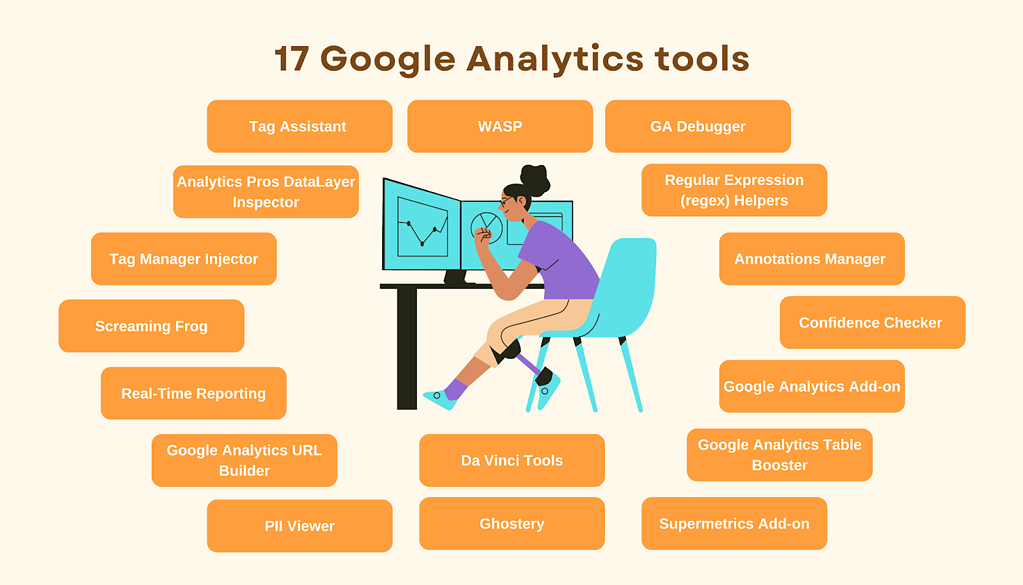
Step 4 – Make sure your data collection complies with data protection laws
With more regulations trying to improve how consumer data is collected and protected across the world, such as the General Data Protection Regulation in Europe and the California Consumer Privacy Act, in Africa, it still to come next days but consumers are increasingly becoming aware of how much of their data is out there and have greater expectations for how that data should be managed and protected so you may deal with.
When collecting data, it must be compliant with external digital marketing compliance regulations like GDPR, CCPA or CAN-SPAM laws. Marketing teams need to comply with regulations if they want their work not only to be accounted for but to also be successful.
To comply with privacy and security regulations, marketing compliance strategy steps can be implemented within your data strategy. Marketing compliance strategies follow four simple stages of implementation, starting with documenting an approval process that ensures data collected is collected in line with legal and ethical responsibilities, to collaborating across departments to ensure everyone is using the same processes and resulting in an actional compliance checklist that includes giving users access to things like “opt-out” choices.
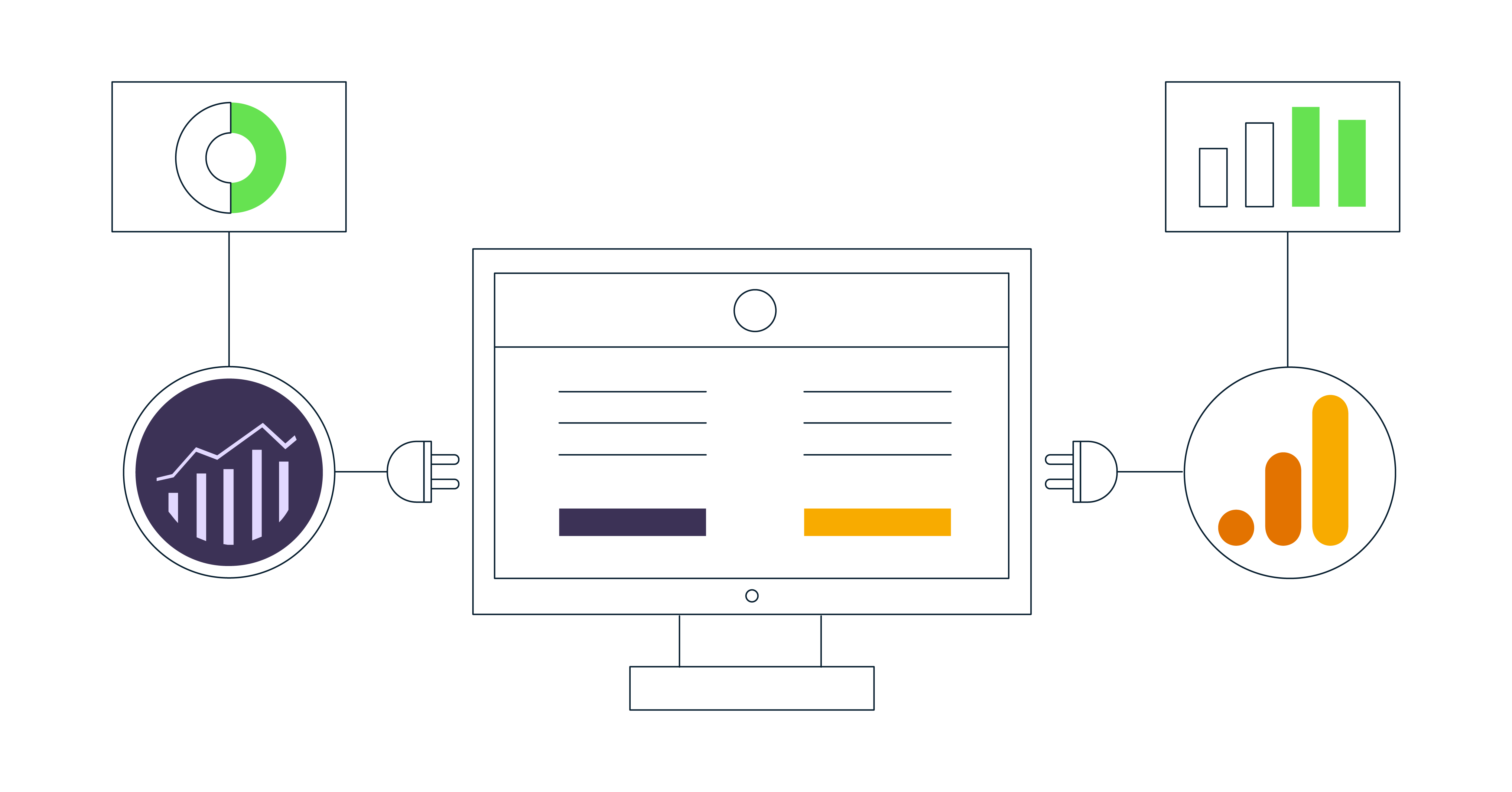
Step 6 – Create Your Data Strategy Roadmap
The next stage is to outline plans for how the organization will look to achieve them. These plans are what make up the roadmap of your data strategy.
For every goal that has been set, there should be an actionable plan as to how to accomplish it. Plans should be specific and include information like who owns the goal, which technology and process they will use, the cost of reaching the objective, the time needed to achieve the goal and the intended outcome of completing the objective. Plans should also remain flexible to account for unforeseen circumstances or unexpected changes.
Your data strategy roadmap will outline how you plan to achieve your ultimate long-term goal and vision, as well as define the smaller short-term goals that will help to accomplish it. For example, the question “What do we want this department/team to accomplish by next year?” should be answered with information about how they plan on using data to achieve their desired result(s).
Data strategies will enable different departments to identify goals for each discipline area. Specific, short-term objectives that are achievable and measurable in implementing your policy related to the collection, storage and sharing of company data can be used by senior management and data management teams as they progress through plans on how to best use their information whilst protecting users’ privacy. Check this tool it can help you build roadmaps here
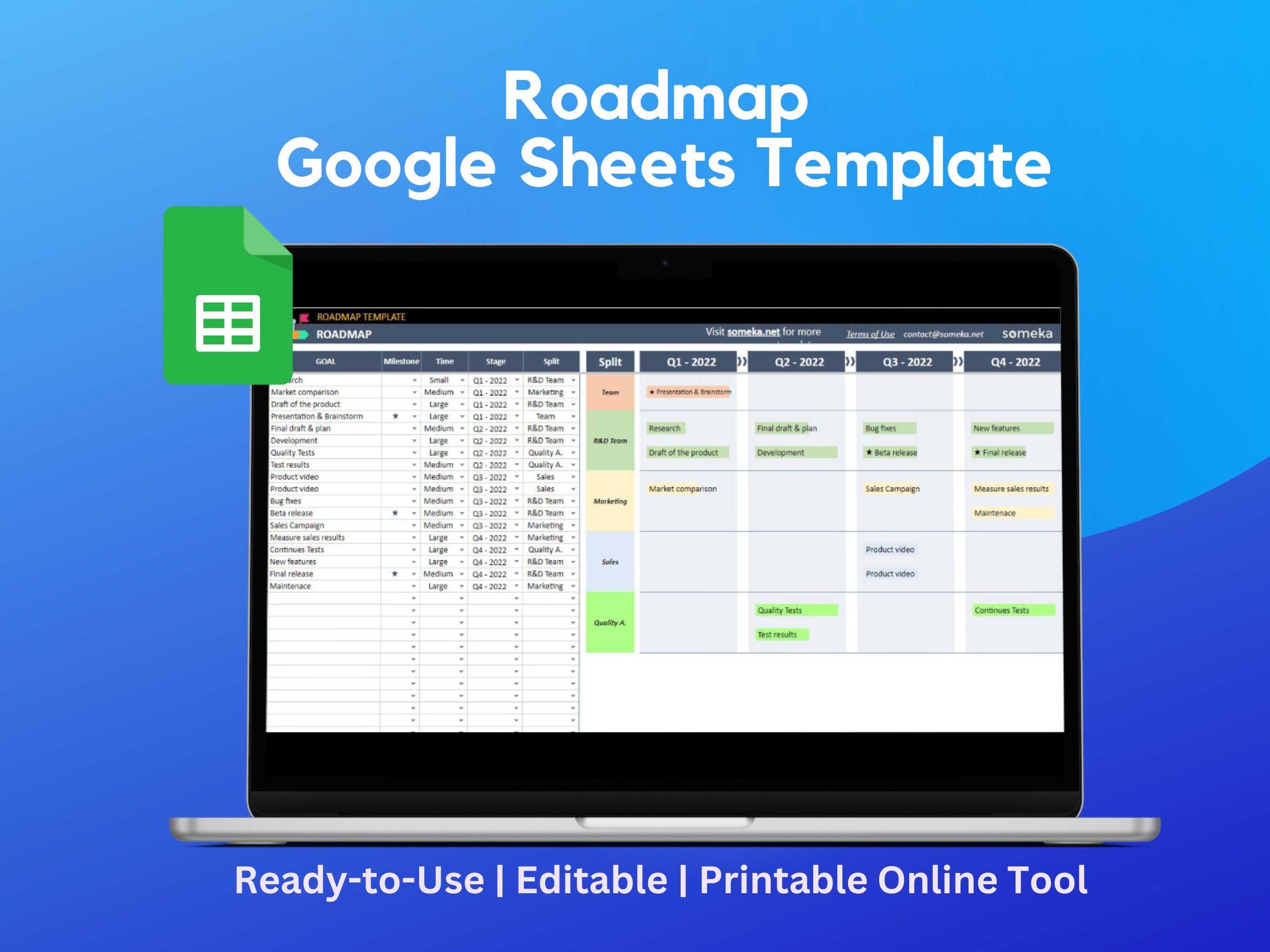
Step 7 – Data Storage & Organization
The incorporation of policies relating to the preservation and organization of data is a key component of data strategy. These particular data management components are essential because they determine how usable and transferable your data is.
Although data storage is a straightforward technological skill, different organizations use different techniques to store their data. Therefore, factors including the required storage capacity, the organization's storage strategy, and its effects on data storage and utilization should be taken into account when developing data storage strategies.
Let me quickly enumerate the advantages of cloud technology here :
Building the cloud into a flexible data system can solve many issues and help to make your data readily available. Migrating data to the cloud also doubles as a way to create backups of raw data, adding an extra layer of security. Most importantly, building in the cloud unlocked the capacity to scale when demand rises.
Natural disasters, food deserts, public health issues, bank transactions mouve and more can all be handled more efficiently by having real-time data at hand. Effective data analytics systems are the digital equal of “having your ear to the ground” in each community. They provide valuable insights into what people need.
Outstanding data systems distinguish themselves from functional ones by making data simple to use and comprehend. Data on the cloud is a terrific first step, but agencies must be able to swiftly access and use the data to achieve their objectives. Traditional data systems frequently fail in this area. Traditional IT systems and data strategies are created with a specific goal in mind, which is often established before creation and execution. It follows that it may be challenging to adjust to new requirements when the data residing in those systems needs to be used differently. Google Cloud, for example, has customizable tools, such as Contact Center AI and Document AI, which let agencies work with data in ever-changing ways. This also produces greater data transparency since data sets can be worked with and accessed more easily.
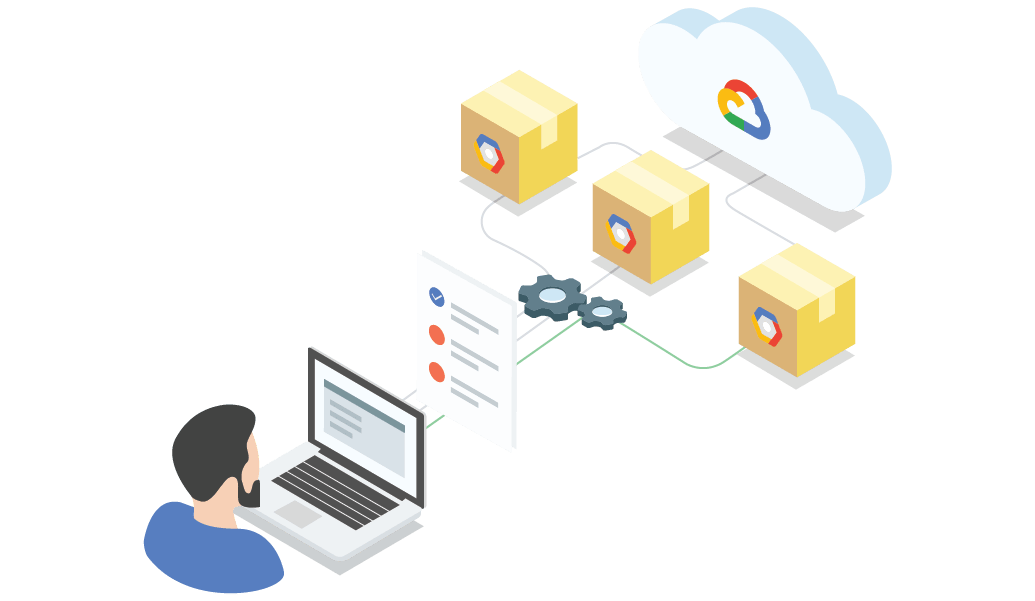
In conclusion,
Your data strategy is prepared for deployment once your goals are set and your data roadmap is created. It's time to formalize your presentation into a business plan and submit it for senior leadership's approval. The entire business plan should include all the data-related activities that will be employed to accomplish the stated objectives as well as the necessary tools, such as organizational structures, processes, and budgetary requirements, to carry out the strategy. Your data strategy can be put into effect once the business leadership has given its blessing. Data plans should be continually examined and modified depending on how the business is doing in achieving its objectives because they are not one-time deployments.
Every company in every industry is on a journey to become more data-driven whether that’s providing great digital experiences to customers, driving operational excellence through AI, or detecting hidden patterns in data to improve decision-making. To help with this transformation, a good data strategy implementation will level up your business.
Feedback is welcomed.
And as always, use AI responsibly.
If you like this content please like it ten times, share the best you can and let a comment or feedback.
@#PeaceAndLove
Subscribe to my newsletter
Read articles from Arthur Kaza directly inside your inbox. Subscribe to the newsletter, and don't miss out.
Written by

Arthur Kaza
Arthur Kaza
Results and customers driven, I am a Data Scientist, Developer from ground and Machine Learning Engineer with around 5 years in Python coding and Chatbot integration using Deep Neural Networks and NLP models. Passionate about AI / ML / Deep Learning, business, mathematics, communities and leadership. I like to share my knowledge and experience through speaking at tech conferences and training others to make more impact in the community.